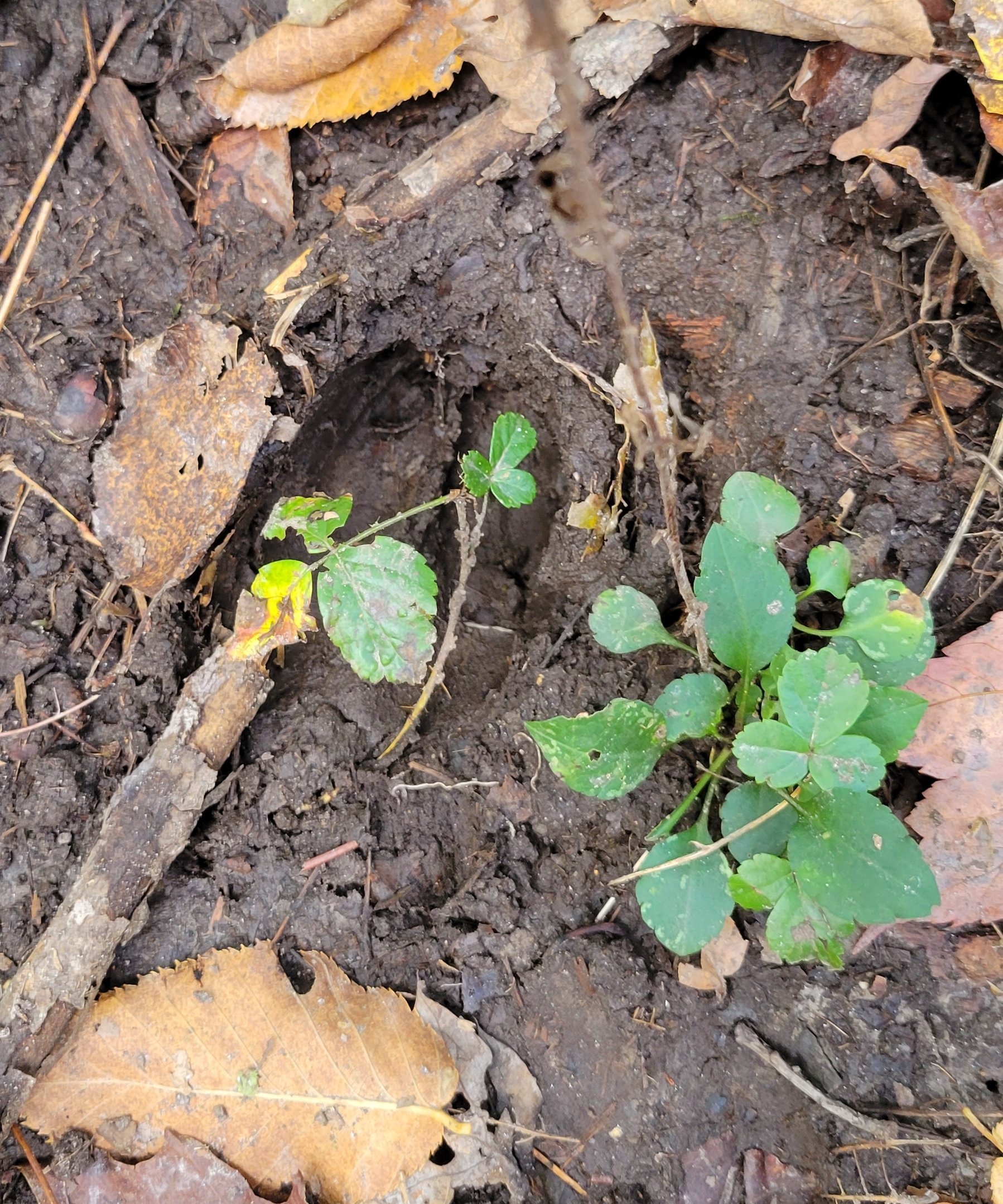Unveiling the Hidden Deer
I've been going a bit all out on the hunting aspect of being outdoors. I've been obsessing over hunting season because frankly, it's one of the best I've had in years, and I just love this time of year. I've seen more deer and had more wildlife experiences in general, had more positive experiences and had more harvest opportunities than I've ever had in a few seasons, and I'm loving the outlet of sharing the experience and knowledge gained.
We all know that the thrill of hunting often lies in the unknown and the unpredictability of the wild. But what do you do when you find yourself in the woods, and the deer seem to be playing hide and seek? In this week's newsletter, we'll share strategies for finding deer when they're not making themselves readily visible.
The Challenge of the Invisible Deer
It's not uncommon for deer to remain elusive and out of sight during a hunt. There can be various reasons for this, including factors like weather, hunting pressure, or changes in their feeding and movement patterns. When the deer seem to be hiding, it's time to get creative and adaptive in your hunting approach.
Understanding Deer Behavior
Deer behavior can be influenced by a range of factors, including the time of day, weather, and the hunting pressure they experience. Understanding these behaviors is key to uncovering their hiding spots and travel habits:
Feeding Times: Deer are most active during dawn and dusk when they're foraging for food. Position yourself near feeding areas during these times. Hunting edge areas is going to provide success, however, avoid moving through shelter belts and potential bedding areas. Early in my hunting career I would traverse the edge of fields, just walk through the middle, deer stick to the edges, and they will pick up your scent and blow out.
Weather Effects: Weather can significantly impact deer movement. Overcast or rainy days may encourage daytime movement, while hot weather can make them more nocturnal. Hunt heavy after a big storm as well, rain and wind dampen the senses of wildlife and they will opt for the security of their bedding areas. Post storm, get in those stands on the edges of feeding areas.
Hunting Pressure: Deer can become more nocturnal as hunting pressure increases. Consider hunting less-pressured areas or changing your hunting schedule. Early season, evening hunting only will pay off, let them feed in the morning and add a bit of pressure in the evening. If you are spooking or leaving scent morning and night early in the season, they will be inclined to change habits, routines and eventually feeding areas.
Strategies for Finding Deer When They're Hidden
Scouting: Regularly scout your hunting area to keep tabs on deer movements, preferred feeding areas, and bedding locations. Knowing where deer frequent can improve your odds. If you hunt weekends mainly, scout early in the week, later in the day on Monday or Tuesday this will allow things to normalize by the weekend and your scent to dissipate.
Set Up Near Bedding Areas: If you're not seeing deer during your hunt, consider positioning yourself closer to bedding areas. Early morning or late evening hunts near bedding spots can yield results. It also provides excellent intel on where they may be moving, pay attention to the wind and thermals, observe where they come from and where they go. Be careful entering and exiting an area near bed sites, chasing them out can result in habit shifts that last a few days, do it too many times and those changes can last the season. A good indicator of a buck bedding area are rubs on various trees. When bucks move out of their bed site, they will rub their foreheads and antlers on trees leaving scent.
Hunt All Day: Don't limit your hunting to just the early morning and late evening. Deer may move during the day, especially in less-pressured areas. If you have a day to hunt, bring a good book, pack a lunch and sit it out, you're sure to learn a thing or two.
Try Rattling and Calling: During the rut, rattling and calling can be effective in luring in bucks that may otherwise remain hidden. Most of the time you will be calling to an empty room, that doesn't mean it's ineffective. During a lull or slow period, I give a few soft grunts or doe mews about every half hour. Calling is a tradeoff though; you are giving away your position, but deer get curious about calls and that can lead to big success if you are prepared.
Change Locations: If you've been hunting the same stand repeatedly without success, consider changing your location to a new spot that might have more deer activity. I have morning sites and evening sites, do not work the same location too heavily. Mature animals will get used to your routine and carry the immature ones out with them. They pay attention to their elders.
Scent: Your scent needs to be hidden or greatly diminished; I feel this fact is overlooked by many. Utilizing cover scents, playing the wind & thermals, and choosing the right entry and exit routes to your hunting locations are huge factors in your success. If the wind is blowing into bedding or feeding areas that day, the likelihood of seeing game that day is going to be low. Using the routes that deer use to gain access to an area is a sure plan for failure as well, even with cover scents, your scent will disperse all over the trail giving them a heads up. Choose a route twenty yards or so off their trail to travel, they may get a whiff of you, but they won't directly be smelling your footprints.
Stay Patient: Sometimes, it's just a matter of patience. Deer can be unpredictable, and they may appear when you least expect it. I can't count how many times I've had a beautiful buck break brush as soon as I pull my phone out or open a book or had does blow at me as soon as I start to break down my location. If you're becoming impatient, give it a half hour or an hour more.
Trail Cameras
Using trail cameras to scout and monitor deer movement in your hunting area can be a game-changer, the advent of cellular cameras has significantly changed this allowing us to not even set foot in the area we are monitoring. Trail cameras provide valuable insights into when, where, and how deer are moving. Note timetables, direction and weather in the area. if you tie a string a short distance from your camera so it ends up in the photos you can monitor the wind direction and correlate that to movement as well. Not everyone has all year to scout and work an area, game cameras provide an edge to help us maintain balance in our lives while pursuing our outdoor passion.
Now Get Outside!








